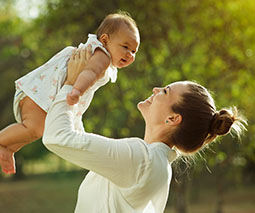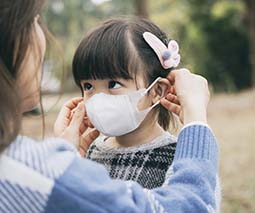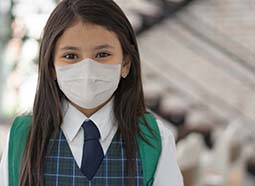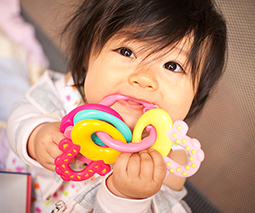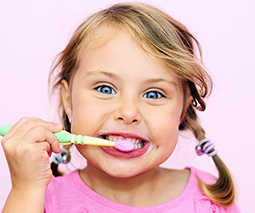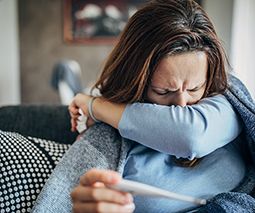An expert’s guide to getting rid of lice and nits – and 5 common myths busted

Nits and head lice are surround by a sort of mythology making them seem much more clever and discerning than they really are.
Nicky Breen from consumer advocacy organisation CHOICE spoke to Babyology’s new podcast Feed Play Love this week.
She told host Shevonne Hunt that once we bust the myths, we stand a much better chance of keeping the pesky critters at bay. Let’s go through a few to get your itchy heads better sorted …
Myth 1 : Lice can leap easily from head to head
“The reality is they need head-to-head contact to try to transmit,” Nicky explained. “Obviously when you’re dealing with little kids, they’re a lot less aware of personal boundaries. They wrestle, they share things, they share hats, they share combs.”
“As adults we don’t tend to do that as much,” she noted, explaining why kids are particularly susceptible to nits.
Read more about family health:
- How on earth do you clean all that wax from children’s ears?
- How (and why) I created a ‘low tox’ home for our bub
- If you swallow a Lego here’s when it’ll poop out the other end
Myth 2: Chemicals are the best defence
Nicky says that the simplest remedies are the best, and that lice and nits (their eggs) quickly adapt to be resistant to chemicals in preparations you might buy from the chemist. She stressed that commercial preparations aren’t effective with a single, isolated treatment because they don’t kill the eggs.
“The best way to get rid of them unfortunately is a bit of elbow grease and the tried-and-tested old-school method of comb and conditioner,” Nicky said.
“This is basically where you just get a bottle of the cheapest conditioner possible, lather it on your child’s head, get a good quality nit comb – the metal type is probably the best – and comb. Every time you comb down, you wipe [the lice and eggs] onto a piece of paper towel.”

Myth 3: You’ve combed your child’s hair out with a nit comb, so they’re gone
You can treat your child for lice on a Thursday after a ‘nit alert’ note comes home from daycare or school, but they may have a head full of critters by the following Wednesday. To avoid this, you need to treat them every other day for up to a fortnight to really get rid of them.
“You basically have to repeat [the comb and conditioner process] every couple of days for around seven to 10 days to get to break the lifecycle,” Nicky said. “If you don’t re-treat your child then they’re going to start all up again.”
Nicky also suggests washing bed linen (and headgear like hats) in a normal wash to help break that cycle.
Listen to Feed Play Love:
Myth 4: Lice love clean hair
“Truth is they don’t care what state your hair’s in,” Nicky told us about this oft-touted fact. “They don’t care if it’s long, they don’t care if it’s short. It’s not about the hair.”
“They want to get your scalp and take a nice chunk out of you. I mean, they live on human … that’s what they do.”
Myth 5: Dirty hair keeps nits away
“It’s got nothing to do with hygiene,” Nicky stressed. “It has to do with how much contact you come into with other people, head to head.”
So clean hair, dirty hair, long hair, short hair … whatever your situation, if you touch heads with your fellow humans, lice will eventually come for you!
